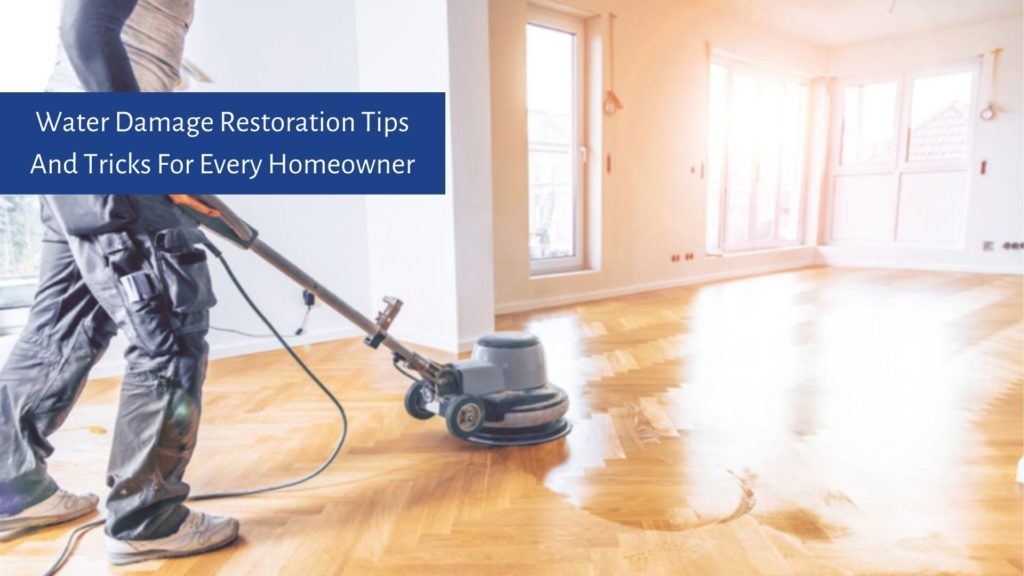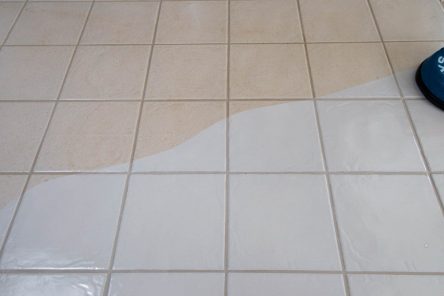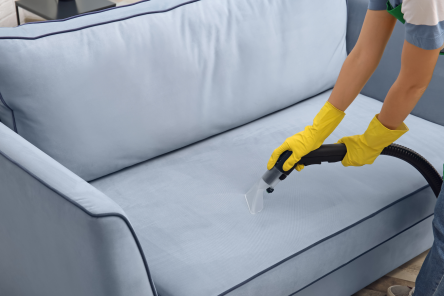We are sharing the best water damage restoration tips all homeowners must know. It’ll help you effectively mitigate damage while waiting for the professional cleaning company to come.
Water is essential to life, however, it can also be a source of destruction. It can result in severe damage to property’s value and safety. Water damage can be caused by sewage backup, leaking pipes, burst sewer lines, and natural disasters.
When dealing with water damage, time is of the essence. Allowing water to stay in your home for a long period of time will lead to more serious problems down the line. If you could afford the current cleaning service prices, then might as well hire one. However, are also some safe steps every homeowner could do to restore the damage.
Factors to Consider Before Water Damage Restoration
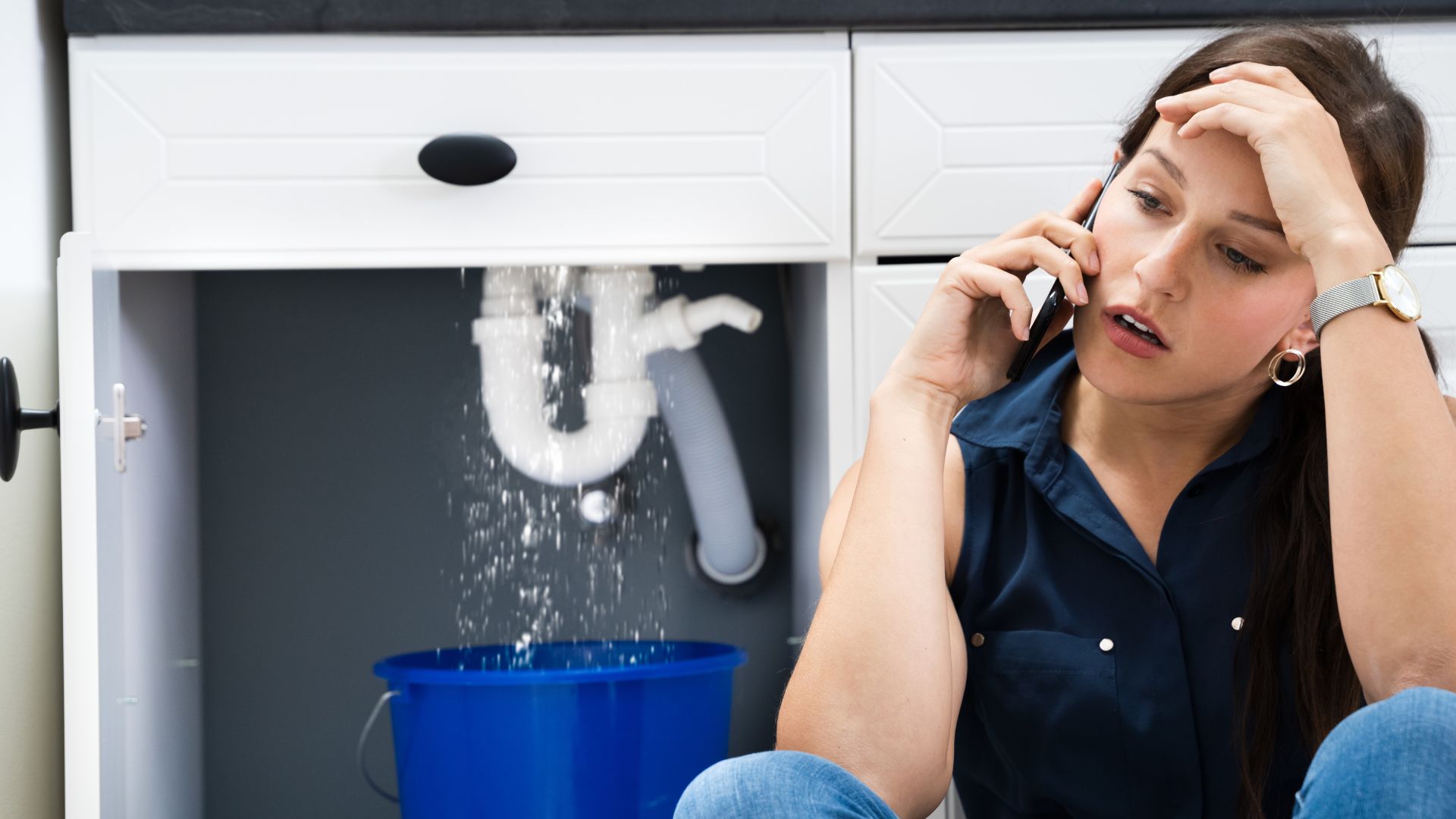
To know whether you need to hire a water restoration service, or clean it yourself, the first thing to do is to assess the situation and consider the following factors:
Assess the volume of Water
You have to consider the amount of water that floods your property. Typically, for small to moderate flooding, you can manage it yourself. On the other hand, damages caused by heavy flooding is beyond your ability to safely restore, so it is best to seek professional help.
Further, if your place has experienced a large flood or is recovering from a natural disaster and your property has suffered significantly, follow the instructions of your local disaster authorities. It is not the best time to do DIY, instead, leave any repairs to the experts.
Identify the source of Damage
Before doing any restoration process, you have to identify first where the water is coming from. There are ways to determine the source by looking at the type of water that is flooding your home. Here are the three types to look out for:
- Clean water: The source of clean water is either rain or leaky pipes. This type of water rarely poses a serious health problem.
- Gray water: This type of water is from your leaking appliances, such as the dishwasher, washing machine, or toilet. Gray water can sometimes be slightly contaminated with harsh chemicals. You can deal with this if you take necessary precautionary measures. However, if you are unsure what to do, it is best to call a water damage restoration company to help you clean it up.
- Blackwater: This is the most harmful type, it comes from a sewer or flooding from a nearby river. It contains health hazards and this is unsafe to handle.
Determine the extent of damage
In order to see to the total cost of water damage restorations, assessing the level of damage is essential. Here are the different levels of water damage:
- Low-level damage: This is caused by clogged drains or leaking pipes. Low-level damage can be dealt with by a homeowner
- Medium level damage: Medium level damage is caused by frozen burst pipes and roof leaks. In these scenarios, water from an upper floor has seeped through the floor onto the ceiling, this complicates and slows down repairs.
- High-level damage: A restoration company will be necessary for this level. This is caused by natural disasters such as storms and flash floods.
Water Damage Restoration Tips
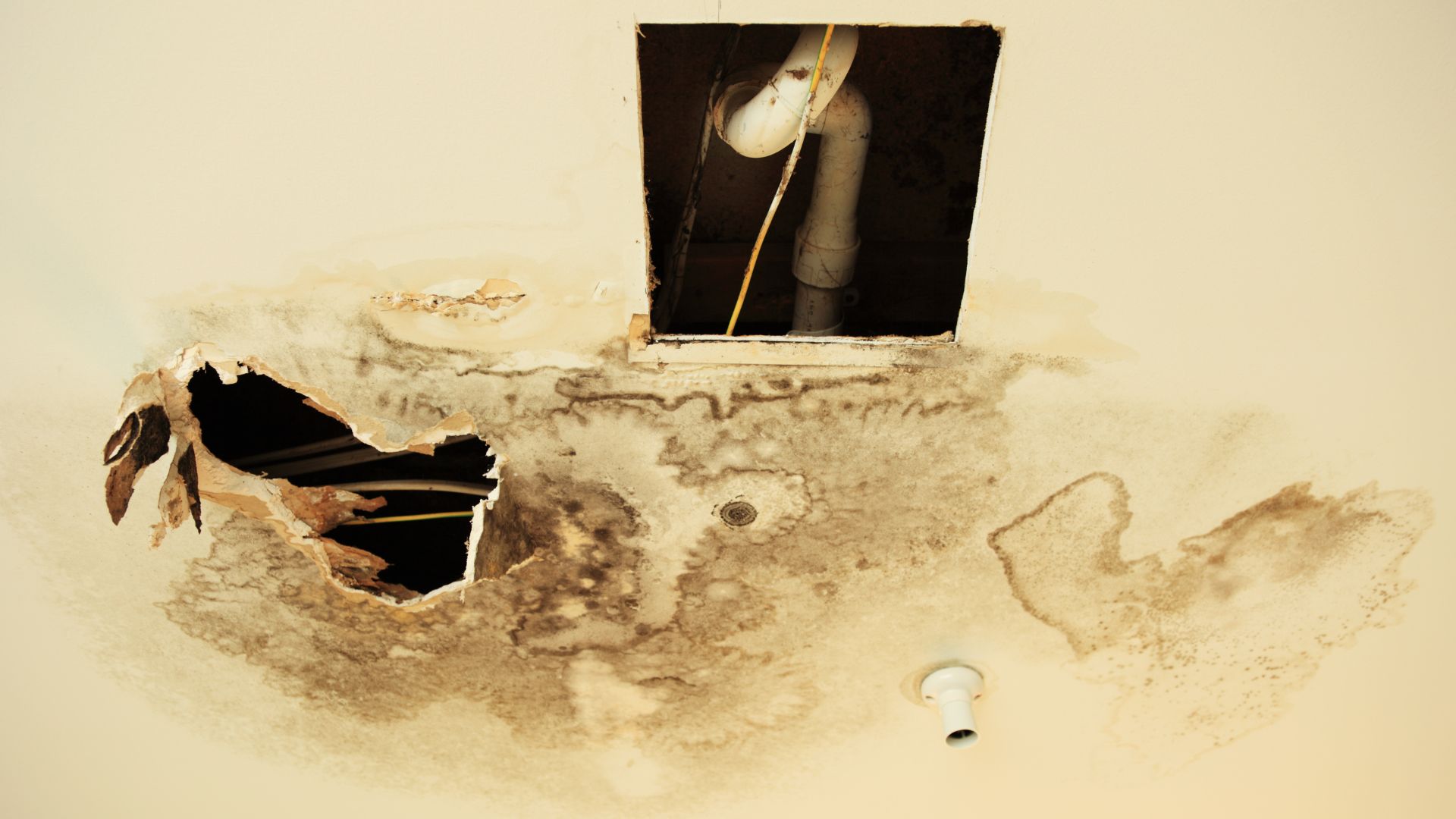
After carefully assessing the situation, now, here are some important tips for water damage restoration to ensure repairs are done as quickly as possible. Keep in mind that this problem is not a simple chore that you can include to your house cleaning checklist, as it needs immediate solution.
Disconnect electronics
This is the most critical tip you should follow before removing the water from your home. Unplug all electronics from their outlet and turn off the power supply. Make sure to keep yourself away from the water and gas lines. Moreover, after you’ve removed all water on your property, you shouldn’t turn your electronics on unless advised by your electrician.
Document everything
Don’t forget to take photos, and videos for documentation before conducting a cleanup. This is a very significant tip you should do as they will serve as decent proof for your insurance claim.
It is recommended to take photos in every corner of your room, indicating the depth of the water. You may use a tape measure that will show the height of the flood. Your insurance company will assess the damage through your documentation.
Remove as much water as possible
When it is safe to go back to your home and the flooding has gotten under control, it is time for you to remove the water inside your home. Remove water immediately to avoid the development of molds and moisture that can later damage your home.
Extract as much water as possible using a wet vacuum cleaner that sucks up to 5-10 gallons of water per minute. After removing most of the water from your household, use a floor squeegee to remove most of the water from your house. Once this is done, mop your floor with clean water to remove any residue.
On the other hand, if you carpets are damaged, you need to find the best method of carpet cleaning to make sure that you’ll be able to use it again without it posing any hazard to your health.
Promote proper ventilation
After removing the water inside your home, the next thing to do is to dry the water out, by opening the doors and windows or using fans and a large-capacity humidifier. Keeping your home dry will promote a healthy and mold-free environment, which lessens any further damage.
Remove damaged materials and furniture out of the house
Water damages on your wood or leather furniture must be treated immediately. They can spread fast when you don’t clean and dry them up quickly. Molds and mildews can grow instantly on any organic material damaged by flood or graywater.
The best thing you can do is place your wet furniture and sofas outside the house. If it’s still raining outside, then wait for the rain to stop. You can also open some windows to let excess moisture out. Do this if the rain and wind is not that strong anymore.
Our team inspects the water damage done on your furniture and upholstery before doing anything. This is for us to know the extent of the damage, and what could be possibly done to repair your furniture. If your countertops were damaged, there are safer ways to clean marble countertop, and you could do them by yourself.
Disinfect your floor
Decontaminating your floor is one of the common tips for water damage restoration. If you have a wooden floor or a carpeted floor, the more you need to disinfect them. Molds and bacteria can grow underneath your floor, and it can weaken its structure.
By eliminating those bacteria and viruses, you and your loved ones will be away from getting sick. If the water flooding your house was blackwater, then it’ll be full of microbes that can cause disease. If that’s the case, you need to hire a professional to help you with that.
Wrap Up
We hope to have given you enough ideas on how to deal with water damage. It’s never easy to repair your home on your own when a flood or thunderstorm hits your place. You need to prioritize your safety first before you think of ways to recover from this incident. After restoration, feel free to hire a reliable housecleaning services to make sure your house is safe and free from any bacteria and mold buildup.
Shiny Carpet Cleaning is your best local cleaning company to call for fixing water damage. We offer a comprehensive water damage cleaning service in your place. You can contact us to inquire about it, or ask us for a free quote.
To get to know more about us, visit our Houzz page and see more!


